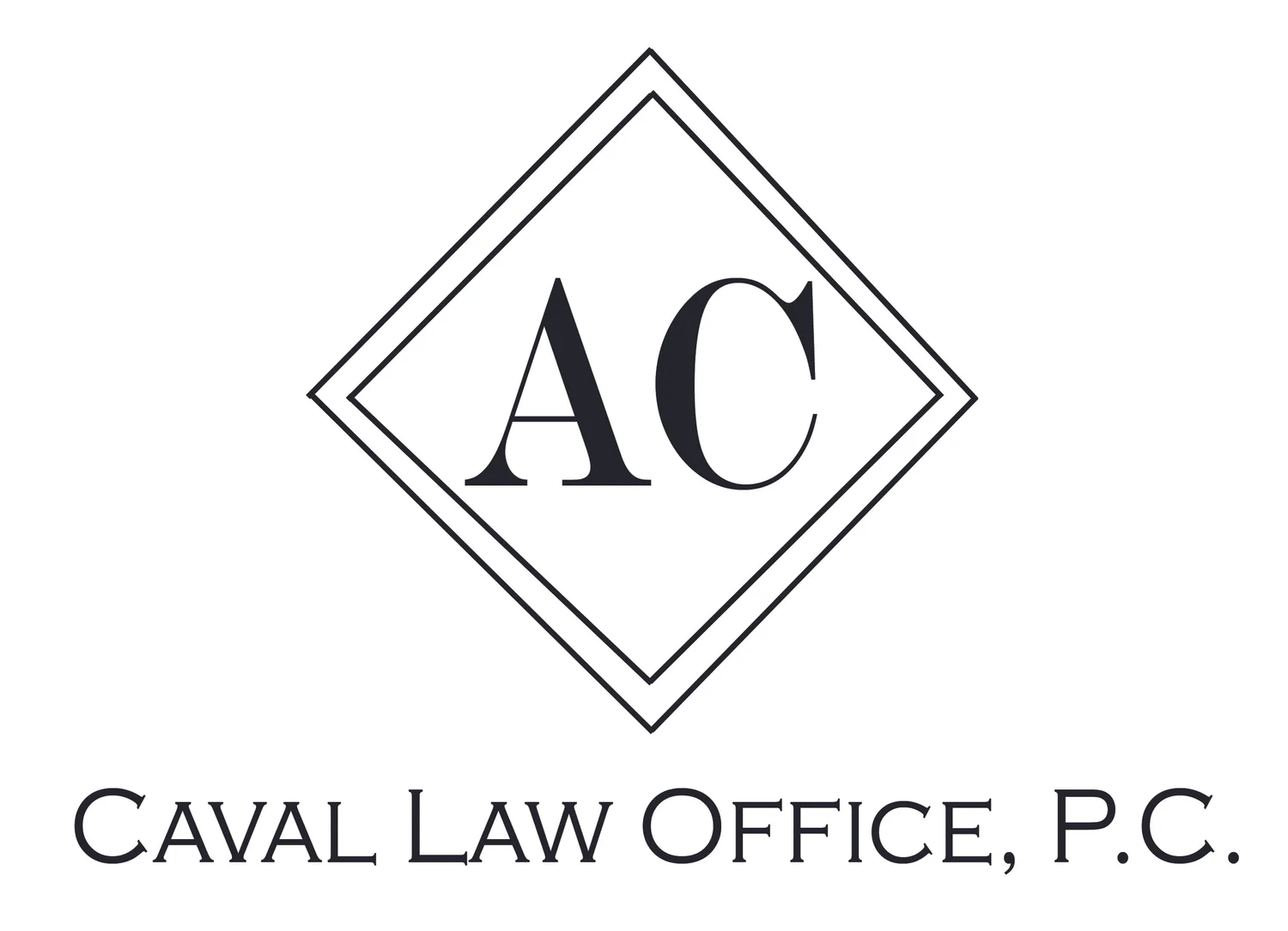Bankruptcy Overview
Bankruptcy is a federal court process designed to help consumers and businesses eliminate or repay their debts. There are two different types of bankruptcies. The most common is known as “liquidation” or Chapter 7. The other type is known as a “reorganization” and for individuals this is a Chapter 13, for businesses it is a Chapter 11, and for farmers it is a Chapter 12. Chapter 7 and 13 are the most common bankruptcies for consumers. In a Chapter 7 bankruptcy a debtor asks the court to eliminate (discharge) the debts he or she owes. In a Chapter 13 bankruptcy a debtor has to file a plan with the bankruptcy court that outlines how he or she will repay their creditors; some debts must be paid in full and others may be repaid partially or not at all. However, there are some debts that cannot be discharged in bankruptcy and you will continue to owe them as if one had never filed bankruptcy – debts such as child support, alimony, and certain tax debts.
Chapter 7
When a person files a chapter 7 bankruptcy case the debtor is required to surrender any non-exempt assets to a trustee who is appointed by the court. The trustee will then sell those non-exempt assets for cash and distribute that money to a debtor’s creditors. The process of taking the non-exempt assets and converting them into cash is known as “liquidation.” Generally, a trustee will not be able to distribute enough money to creditors to satisfy all of a debtor’s debts. Debts that are not satisfied are discharged. Debtors that comply with the rules – file their schedules, disclose their property, appear at the meeting of creditors, etc. – usually get their discharge within a few months of filing. It is important to comply with the rules because the failure to do so could jeopardize your discharge (the court order that bars creditors from collecting pre-petition debts you owed).
Chapter 13
A Chapter 13 bankruptcy is the opportunity to reorganize your financial life through a debt repayment plan. If you make too much money to file a Chapter 7, or if you need to save your house or car then you will likely use a chapter 13 proceeding. A chapter 13 case lasts anywhere between 3 to 5 years. Unlike a Chapter 7 case, you keep your property in a chapter 13 case but you have to make sure that your creditors receive at least as much money as they would have received if you filed a Chapter 7 case. The length of a plan depends on your income and the assets you own. A plan that is confirmed by the court is binding on all the parties – both the debtor and the creditors. In a Chapter 13 case you make monthly payments to your trustee, according to the terms of your plan, and the trustee disburses those funds to your creditors in the manner specified in your plan. In Chapter 13 the unpaid debts are discharged at the completion of your plan; for that reason it is important to make sure you make all of your plan payments and comply with all the terms of your plan. If you do not make all your payments or comply with the plan terms then the trustee will ask the court to dismiss your case. If your case is dismissed, your creditors are free to pursue collections against you.
Chapter 11
Chapter 11 is another opportunity for individuals and businesses to reorganize their debts. Chapter 11 is mainly used by businesses and those individual debtors who do not qualify for Chapter 13. Chapter 11 bankruptcy is similar to Chapter 13 in that the debtor must propose and confirm a repayment plan but it is also different in many ways – the term may be longer than 5 years, the debtor has to solicit votes from creditors in favor of the plan, etc. Chapter 11 is the only way a business entity can reorganize its debts.
Chapter 12
A Chapter 12 bankruptcy is an opportunity for the family farmer/fisherman to reorganize his or her debts. A Chapter 12 bankruptcy operates in a manner that is similar to Chapter 13.

